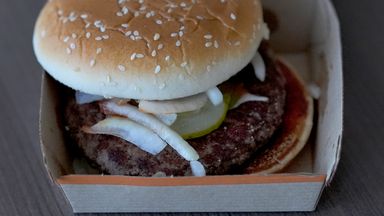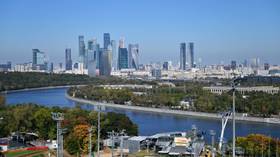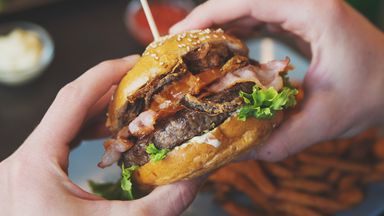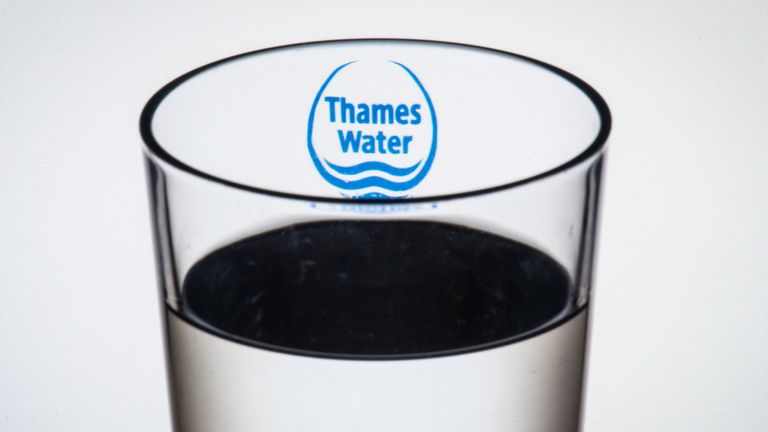Design house Hermès has reported resilient sales figures despite a wider slowdown in the luxury market.
The Paris-based group, known for its celebrated Birkin bag and silk scarves, generated €3.7bn in revenue for the three months to the end of September.
That's an 11.3% year-on-year rise at constant exchange rates, meeting analysts' estimates.
"In a more uncertain economic and geopolitical context, I want to thank all employees for the robust third-quarter performance, and our customers for their loyalty," said Executive Chairman Axel Dumas.
"Thanks to the singularity of its model, Hermès is continuing its recruitments and long-term investments."
Hermès has fared better than competitors during a period of weak consumer demand for luxury products.
Related- France’s richest family plan to buy into football with club purchase
- LVMH misses expectations in the third quarter as China's weakness persists
While household spending has been subdued in Europe over the past few years due to high interest rates and elevated inflation, the downturn has been largely driven by shoppers from China.
As China's economy has struggled to recover from the pandemic, this has dented demand for high-end products.
Hermès surpasses rivals
Kering, another Paris-based group who is responsible for Gucci, issued a dismal profit outlook late on Wednesday.
The firm said its full-year operating income would drop 46% below that of 2023 to about €2.5bn. That's its lowest level since 2016.
Luxury brands like LVMH and Burberry, meanwhile, are also struggling, with LVMH last week reporting a 3% decline in third-quarter sales.
In July, Burberry suspended its dividend and warned it expected to make a first-half loss. Its next set of financial results are due next month.
Targeting the super rich
Analysts have attributed Hermès' resilience to the fact that it caters to very wealthy clients, whose spending tends to remain robust despite wider economic slumps.
Many of the brand's products hinge on the concept of exclusivity, meaning interested clients can spend a long time on waiting lists.
To look at regional demand, the Asia-Pacific reported year-on-year growth of 1% in the third quarter.
Japan, meanwhile, posted growth of 22.8%, the Americas 13.4%, and Europe (excluding France) 20.3%.
Sales in France were up 13.1%, despite a slight slowdown in traffic in the Parisian stores due to the Olympic games.
To look at sales by sector, the leather goods and saddlery domain was up 14%.
The ready-to-wear and accessories sector also showed strong growth of 13.5%, while the silk and textiles domain was up 4%.
Sales in perfume and beauty were up 10.6%, while watches were down 18.2%.
Hermès said it is sticking with medium-term revenue growth guidance despite wider economic uncertainties.
Disclaimer: The copyright of this article belongs to the original author. Reposting this article is solely for the purpose of information dissemination and does not constitute any investment advice. If there is any infringement, please contact us immediately. We will make corrections or deletions as necessary. Thank you.



